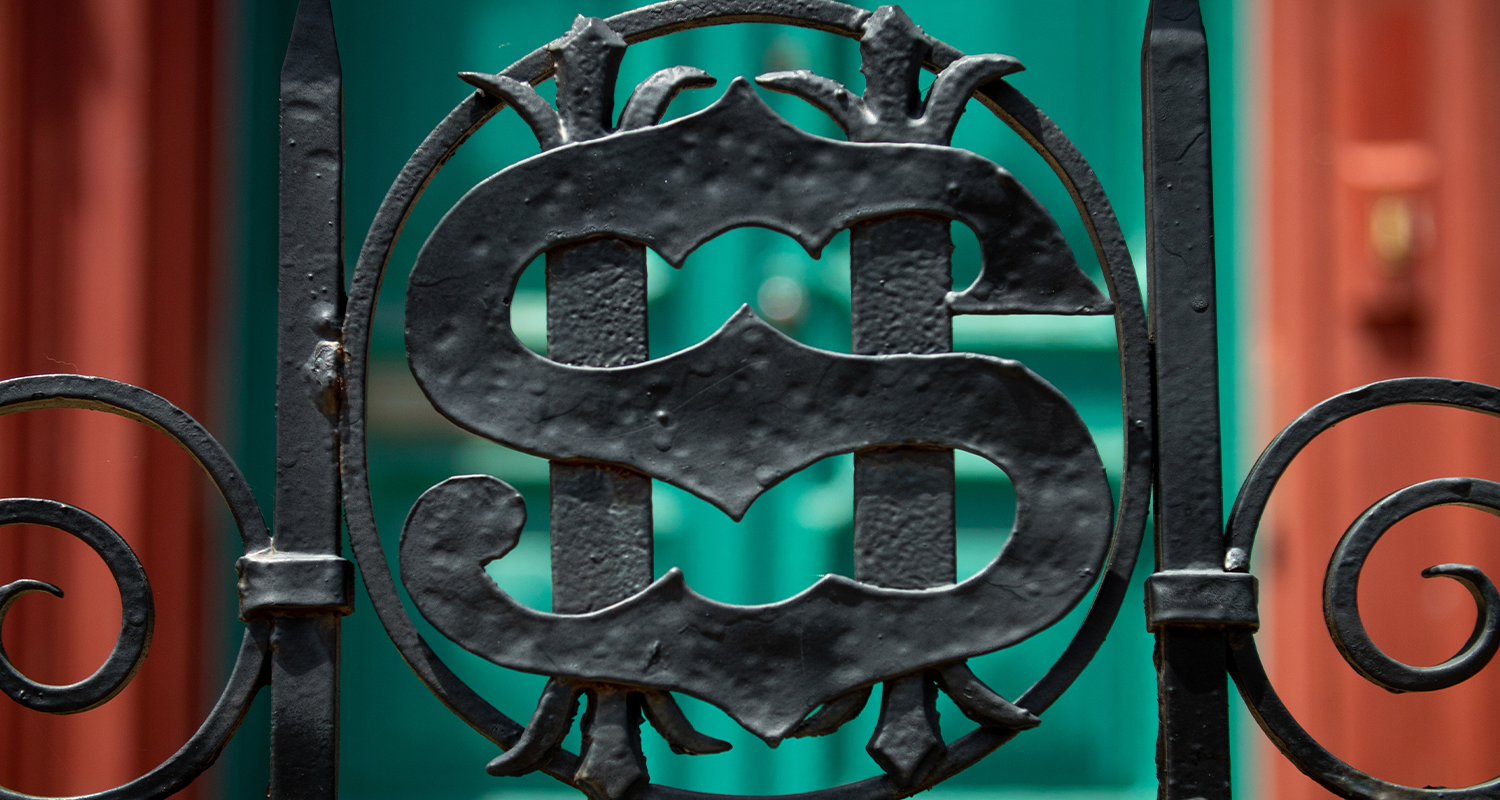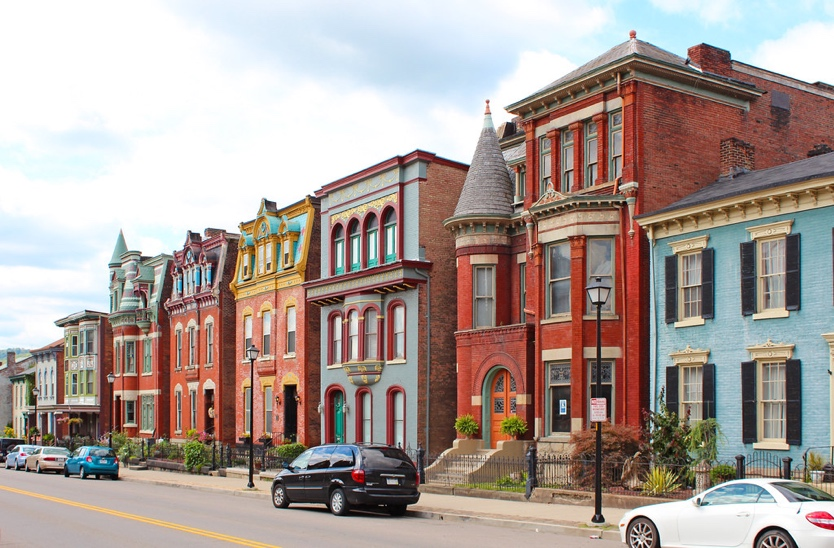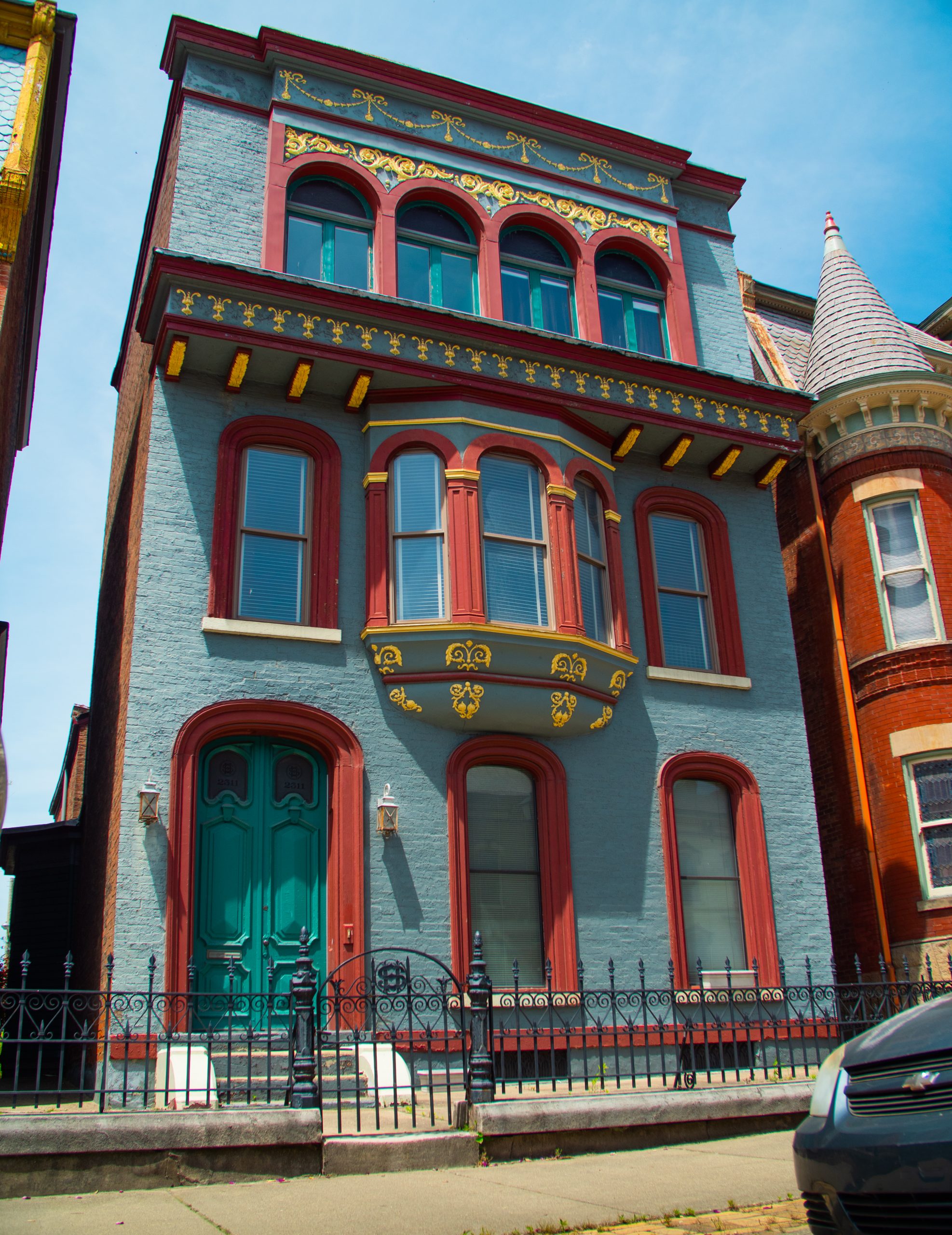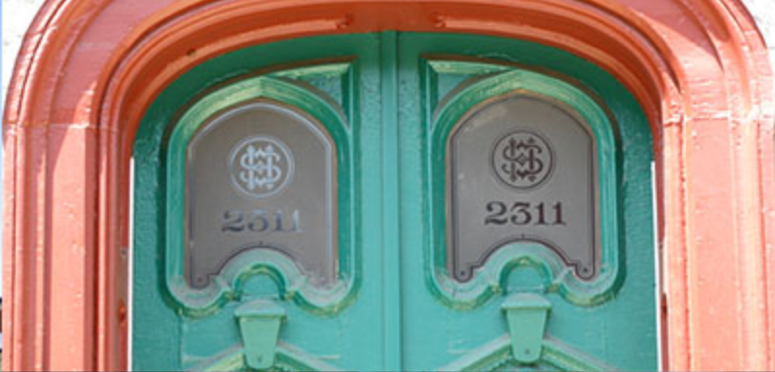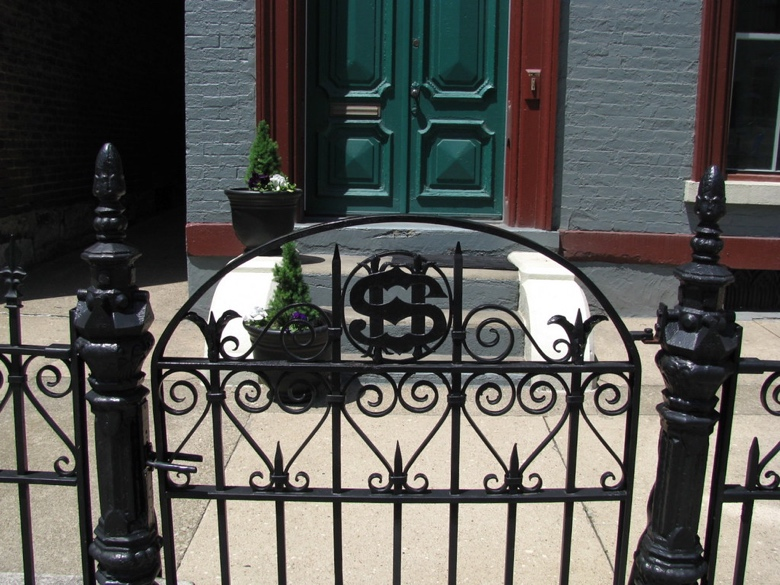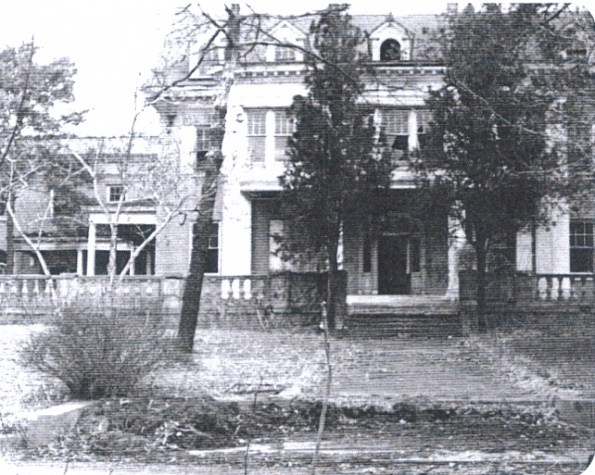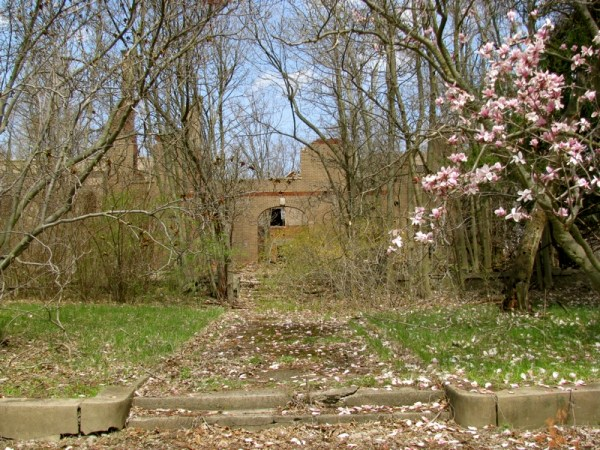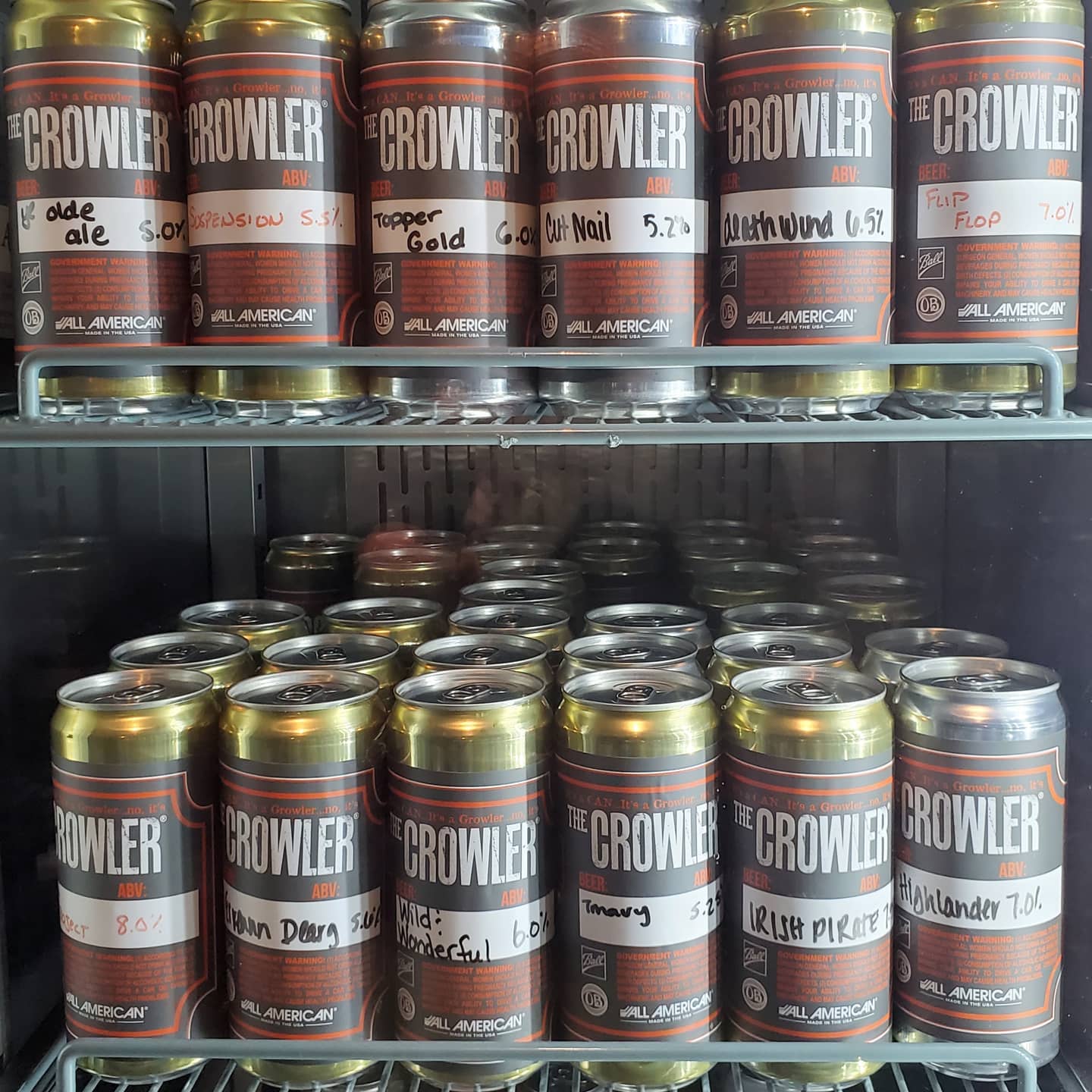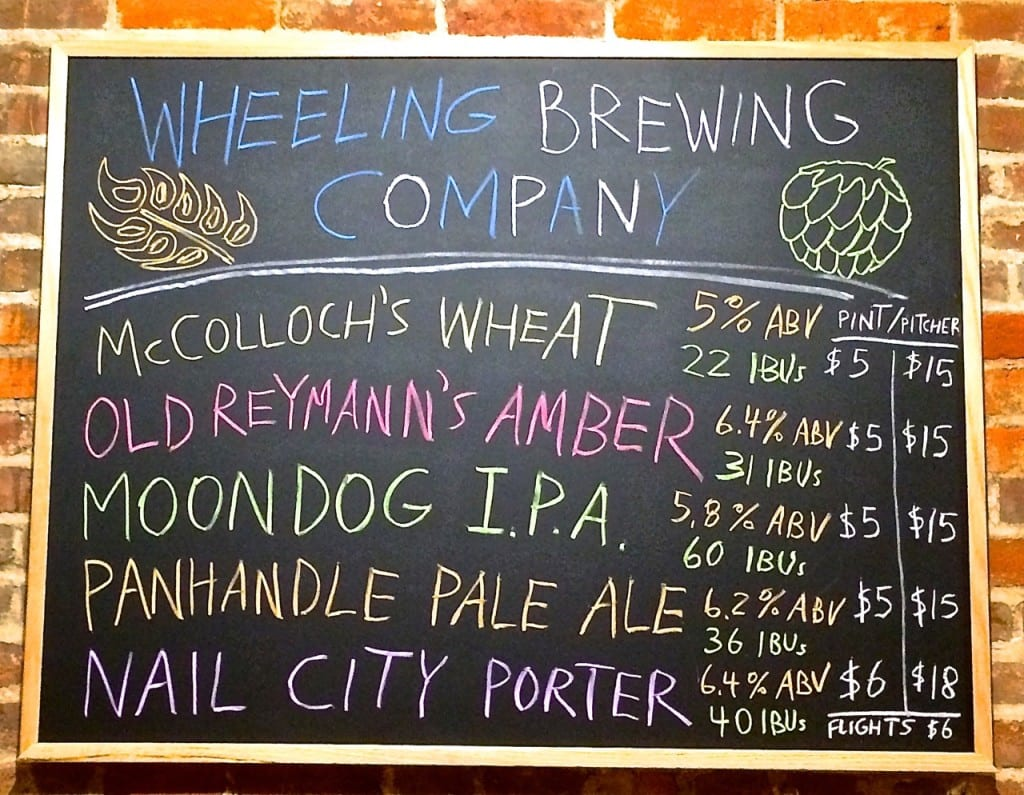What is the legacy of Henry Schmulbach? Over the course of the recaps for “Henry: The Life and Legacy of Wheeling’s Most Notorious Brewer,” many aspects of Henry Schmulbach’s effect on Wheeling have been explored. Structures like his brewery, his building on Market Street, and even his grave provide us with opportunities to glimpse into the past and see how it may affect our present. But two places that have not been explored are his Chapline Street and Roney’s Point homes. Through the buildings he constructed and the industry he helped build, Henry Schmulbach made an indelible mark on Wheeling.
LISTEN NOW: Henry, Episode 6 – Legacy and Revival
Schmulbach’s first house on Chapline Street Row is one of eight Victorian houses on Chapline Street that became a National Historic District in 1983. 2311 Chapline Street was Schmulbach’s primary residence from 1873-1913, where he lived there with his two sisters. Of the eight houses, this was the only one owned by an important local figure who is still well-known today.
Schmulbach’s most widely known additions to the house were his initials on the door and wrought iron gate. Famously, the overlaid H and S look like a dollar sign. This tongue-in-cheek symbol was certainly fitting for a man described on his death certificate as a capitalist. You can see the gate for yourself by taking a walk down Chapline Street Row. As a bonus, you can look at the beautiful, unique architecture on each of the eight houses!
Schmulbach’s other home was his mansion at Roney’s Point. Unlike his Chapline Street house, this structure has not been well preserved – which is a shame considering how lavish it once was. Originally, Schmulbach had bought the property to serve as a barn for his beloved horses, but he eventually decided to retire there and so he built a large mansion and a greenhouse. Unfortunately, Schmulbach only lived in his new home for two years. During those two years, it was the site of his wedding to Eva Bertschy and it was also the first home in Ohio County with air conditioning.
After Henry Schmulbach’s death in 1915, his wife sold the mansion to the county. Over the years, the house and surrounding buildings served as a poor farm, tuberculosis sanitarium and a mental hospital. In its final iteration as a mental hospital, it was highly unpopular with residents in the area because patients would often escape and be seen hitchhiking on National Road.
Once the mental hospital closed, two fires destroyed the buildings. One fire was caused by firefighters who burned down some of the buildings as a training exercise and one was started by local college students who used the eerie spot as a hangout. After these fires turned the buildings into ruins, the property was totally abandoned.
Beyond his homes, one unconventional way that Henry Schmulbach tried to ensure his legacy was incentivizing local families to name their sons after him. This became clear in his will, as there were five men listed as “Henry S.” Some have speculated these were actually Henry’s illegitimate children. Given that Schmulbach never had any legitimate children and that he was acknowledged as a known womanizer, it could certainly be possible. However, it seems perhaps more likely that ego-driven Schmulbach saw this as a prime opportunity to be remembered. Moreover, it benefitted his namesakes as well, because Schmulbach promised their families that he would give them an education or a remembrance in his will if they named their sons after him. In the end, he left each of his namesakes at least $2,000 in his will. Today, that would equal about $54,000!
Another aspect of Schmulbach’s legacy is how the craft breweries operating in Wheeling today are continuing in his tradition by keeping alive our city’s rich brewing history. Both Brew Keepers and Wheeling Brewing Company draw upon touchstones of Wheeling’s past in their current day menus, through beers like Suspension, which is a pre-prohibition cream ale at Brew Keepers, and McColloch’s Wheat and Old Reymann’s Amber at Wheeling Brewing Company. The latter is, of course, named after Schmulbach’s brewing rival Anton Reymann.
The spirit of Henry Schmulbach’s love for innovation, industry, and Wheeling also lives on through the renovation of downtown historic buildings in Wheeling, so that they can become thriving businesses. Places like Mugshots and the Fort Henry Building exemplify this revitalization. Even Schmulbach’s own building, most recently owned by Wheeling-Pittsburgh Steel, is planned to undergo a renovation into apartments!

If you want to live out the legacy of Henry Schmulbach, then join us this week for Henry: Thirsty for More! This Thursday, August 19 at 6 p.m. at Brew Keepers, Hal Gorby, Ryan Stanton, and Kevin Ayers are leading a Q&A panel discussion. It’s sure to be a fun evening exploring the history of brewing and Henry Schmulbach, seeing historical artifacts related to his life, and, of course, sampling some libations! Come kickoff Mountaineer Brewfest with us!
• Katherine Leary is a summer intern at Wheeling Heritage. She is from Wheeling and is currently a senior at Wellesley College in Wellesley, Massachusetts studying History.


